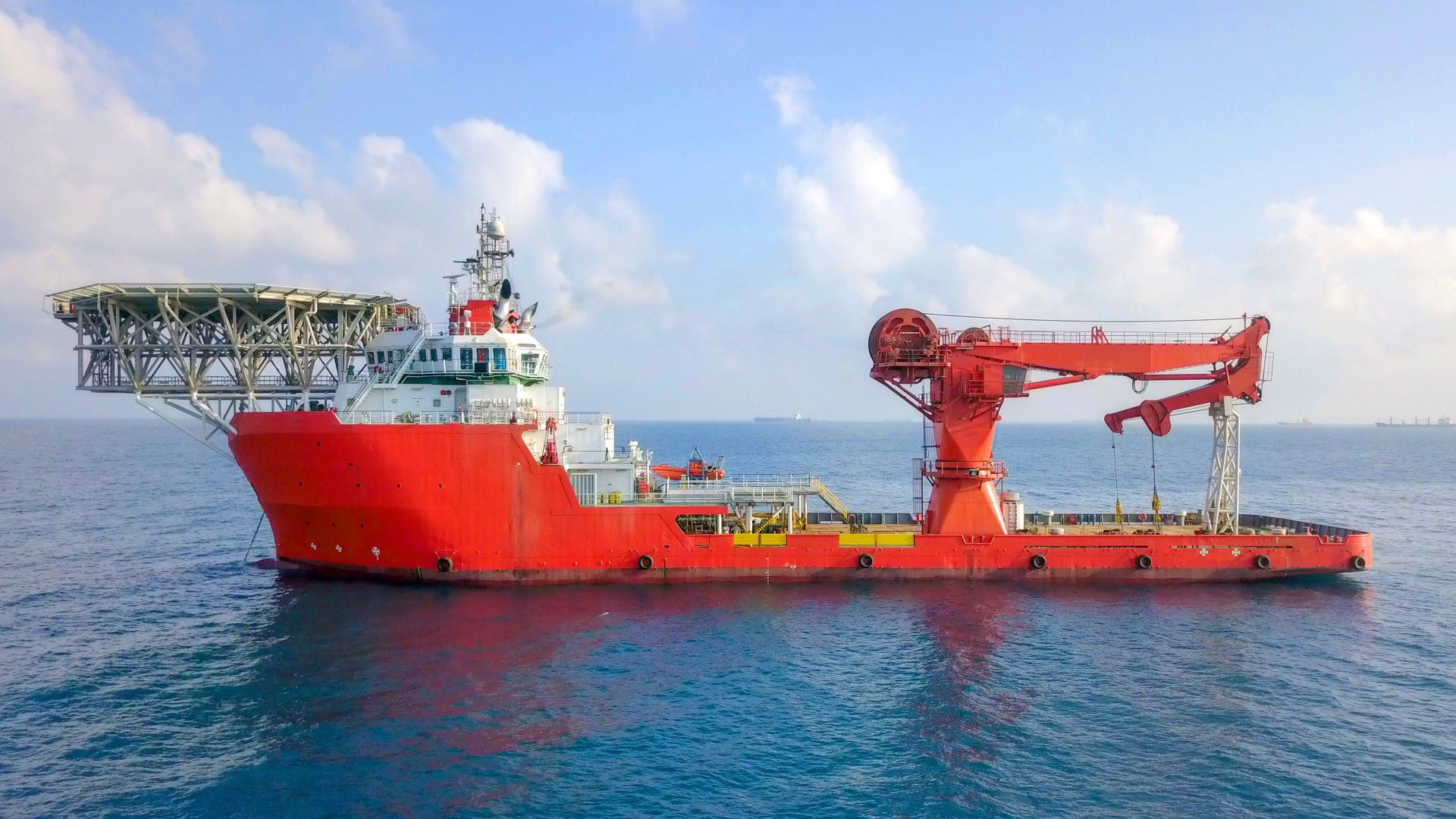The major costs of SCR will depend on engine operation and on the time spent in an Emission Control Area (NOX ECA). Fixed costs include initial capital and installation costs for the equipment. The major operational costs are those of the reducing agent (e.g. urea). The calculation tool recognises that any fuel penalties which arise due to pressure drop across the SCR system are offset because a fuel optimised engine with an SCR system allows for a fuel efficiency benefit. In other words – fuel savings can dramatically reduce the cost of SCR technology, and can help reduce climate change inducing CO2 emissions. It is worth noting that the model incorporates some scaling down of costs over the lifetime of the vessel, as it assumes economies of scale.
For illustrative purposes, we have produced two examples of SCR costs from the model:

